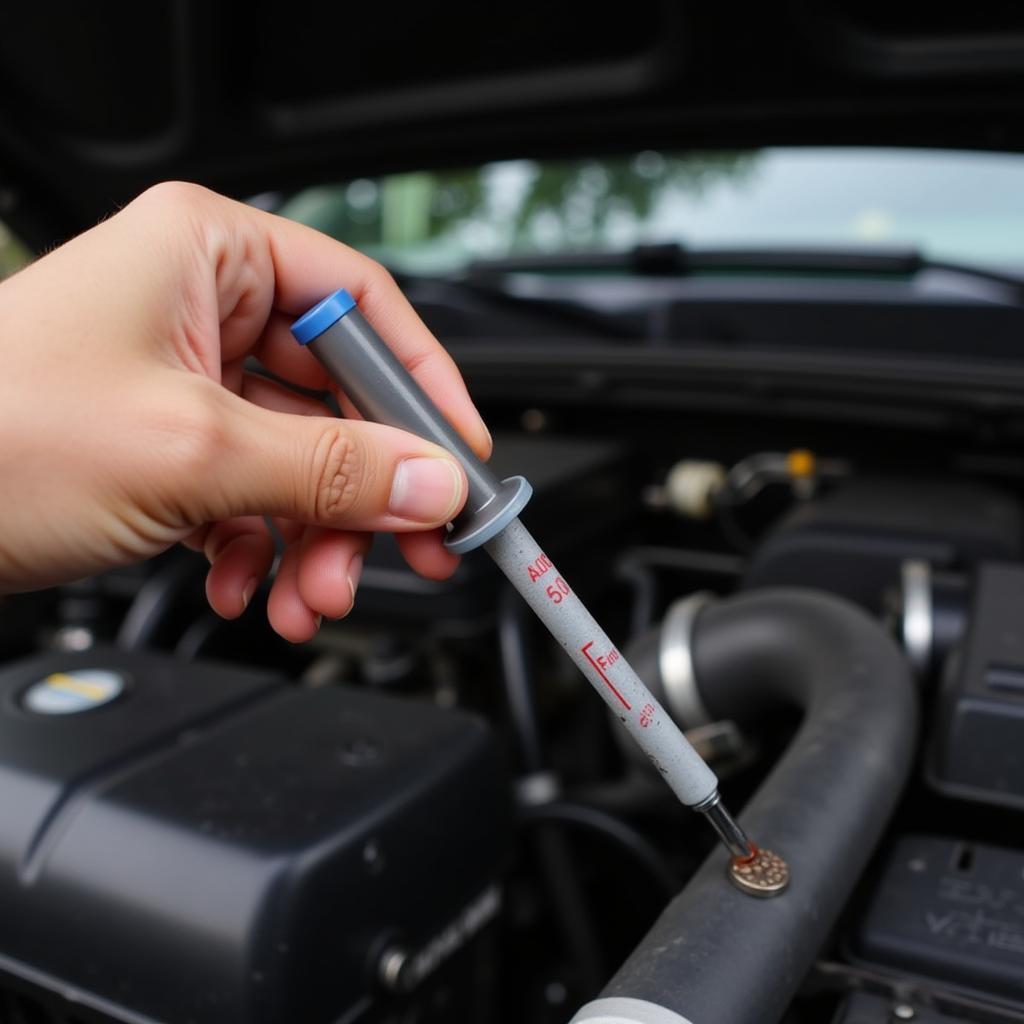When your car’s electrical system malfunctions, it can lead to a wide range of frustrating problems. From dead batteries and flickering lights to faulty starters and non-functional power accessories, electrical issues can quickly turn a pleasant drive into a stressful ordeal. This comprehensive guide will equip you with the knowledge to understand common Electrical System Car Problems, troubleshoot them effectively, and find solutions to get your vehicle back on the road.
Understanding Car Electrical Systems
Before diving into specific problems, let’s gain a basic understanding of how a car’s electrical system works. Imagine your car’s electrical system as a complex network of wires, components, and a central power source – the battery. This system provides power to everything from the ignition system and engine control module (ECM) to lights, radio, and other accessories.
Common Electrical System Car Problems:
Here are some of the most prevalent electrical problems car owners encounter:
1. Battery Problems
- Dead Battery: The most common battery issue. It’s often caused by leaving the headlights on, neglecting regular maintenance, or a faulty charging system.
- Battery Corrosion: Corrosion on battery terminals hinders the flow of electricity, causing starting issues and reduced performance.
- Battery Drain: A persistent drain on the battery, even when the car is off, could indicate a faulty component drawing power or a parasitic drain.
2. Starting Issues
- Faulty Starter: A clicking sound when turning the key but the engine not starting points to a faulty starter motor.
- Starter Relay: The starter relay acts as a switch between the battery and starter motor. A malfunctioning relay prevents the starter from engaging.
- Ignition System: Problems with the ignition switch, ignition coil, or spark plugs can prevent the engine from firing up.
3. Electrical Accessories Malfunctions
- Lights: Flickering, dim, or non-functional lights can indicate a loose connection, faulty bulb, or issues with the wiring harness.
- Power Windows: If your windows refuse to move, check the fuses, window motor, and wiring for potential problems.
- Radio & Audio System: Intermittent sounds, lack of power, or distortion often point to a faulty antenna, amplifier, or speaker.
Troubleshooting Electrical System Problems
- Visual Inspection: Start by inspecting the battery terminals, wiring, and fuses for any signs of corrosion, damage, or loose connections.
- Check Fuses: A blown fuse can be the culprit behind a malfunctioning electrical component. Always replace blown fuses with the correct amperage rating.
- Test Battery Voltage: Use a voltmeter to check the battery’s voltage. A healthy battery should read around 12.6 volts when not in use.
- Test Charging System: With the engine running, the battery voltage should be between 13.5 and 14.5 volts. If it’s lower, there might be an issue with the alternator.
- Use a Diagnostic Tool: Advanced diagnostics can help pinpoint the root cause of electrical problems.
How to Fix Electrical System Car Problems
- Replace Battery: If your battery is dead or showing signs of wear, replace it with a new one of the correct size and amperage.
- Clean Battery Terminals: Corrosion can be cleaned with a baking soda solution and a wire brush.
- Replace Fuses: Always use the correct amperage fuse to avoid further damage to the electrical system.
- Repair or Replace Wiring: Damaged or frayed wiring can lead to short circuits and safety hazards.
- Address Starter Issues: If the starter motor is faulty, it may need replacement.
- Seek Professional Help: For complex electrical problems or if you’re unsure of the cause, seek help from a qualified automotive technician.
Preventing Electrical System Car Problems
- Regular Maintenance: Get your car’s battery checked and serviced regularly.
- Protect Battery: Avoid excessive heat and cold, and keep the battery terminals clean.
- Inspect Wiring: Look for any signs of damage or wear and tear on the wiring harness.
- Replace Fuses: Always replace blown fuses promptly with the correct amperage.
“The most common electrical system car problems are often caused by simple issues like loose connections or corroded terminals. A little bit of preventive maintenance and basic troubleshooting can save you a lot of headaches down the road.” – John Doe, Master Automotive Technician
FAQ
Q: How can I check for a parasitic drain on my car battery?
A: Disconnect the battery’s negative terminal and use a multimeter to measure the current draw. If the reading is higher than 0.05 amps, you have a parasitic drain.
Q: What are the warning signs of a faulty alternator?
A: Dim headlights, a battery warning light, or the engine stalling are common signs.
Q: Can I jump-start my car if the battery is completely dead?
A: Yes, but only if the battery isn’t completely corroded or damaged.
Q: What are the safety precautions for working on a car’s electrical system?
A: Always disconnect the battery before working on any electrical component. Never work on a live circuit.
Contact AutoTipPro for assistance:
Phone: +1 (641) 206-8880
Office: 500 N St Mary’s St, San Antonio, TX 78205, United States
By understanding the common electrical system car problems, mastering basic troubleshooting steps, and taking preventive measures, you can keep your vehicle running smoothly and avoid unexpected breakdowns. Remember, if you encounter any complex or concerning electrical issues, consult a professional automotive technician.






Leave a Reply